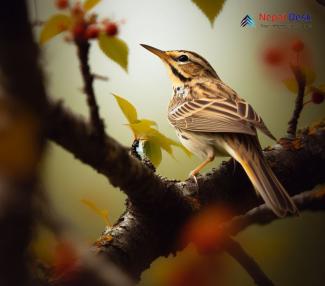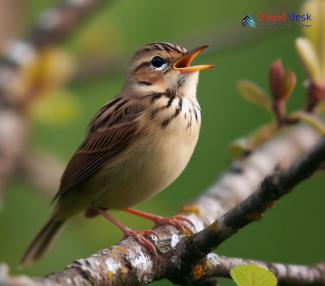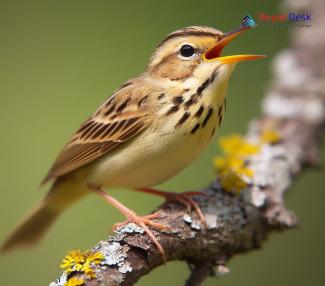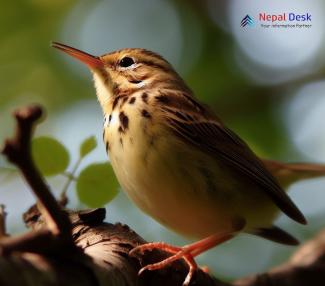Nepal is home to a diverse array of bird species, thanks both to its unique geography and its dedication to conservation. Among these avian residents is a small yet vibrant migratory bird – the Common Grasshopper Warbler (Locustella naevia). This elusive warbler attracts birdwatchers from all around the world with its distinctive song, which sounds remarkably similar to a grasshopper's chirping. If you're keen on getting to know this fascinating species, here's an insightful look into the life of the Common Grasshopper Warbler in Nepal.
Habitat and Distribution
The versatile Common Grasshopper Warbler can be found in a wide range of habitats throughout Nepal. While it often favors dense vegetation such as bushes, grasslands, scrublands, and wetlands, this adaptable bird can also be spotted in forests and mountain meadows. It breeds across Europe and Asia, and migrates southwards to spend the winter months in tropical regions like Nepal. Birdwatchers can spot the warbler throughout the country with good chances of finding it along riverbanks or in well-vegetated areas between October and May.
Appearance and Identification
Identifying the Common Grasshopper Warbler may pose a challenge due to their elusive nature. They are generally small birds, measuring between 12-14 cm in length, with mottled brown plumage that perfectly camouflages them within their surroundings. Distinctive features include their warm brown upperparts, streaked buffy-white underparts, and short tails often held upwards. To observe this tiny gem up close, bird lovers must rely on careful tracking of their distinctive calls.
Vocalizations
The Common Grasshopper Warbler has a recognizable call that sets it apart from other warblers; its song resembles the sound of a grasshopper's chirping, hence its name. The song is usually a repetitive, high-pitched trill emitted from a perch, but can also be described as a mechanical series of clicks or whirs. This distinct sound can serve as a useful guide for birdwatchers who wish to locate the elusive warbler hiding among dense vegetation.
Conservation Status
Although the Common Grasshopper Warbler is presently classified as "Least Concern" by the International Union for Conservation of Nature (IUCN), certain factors threaten their population. Agricultural development and habitat loss contribute to dwindling numbers; therefore, it is essential that bird enthusiasts and conservationists work together to maintain a suitable environment for the Common Grasshopper Warbler.
If you wish to observe this captivating species in person when visiting Nepal, be sure to equip yourself with a good pair of binoculars and patience. Your reward will be the unforgettable sight and sound of this hidden gem of Nepal's avian biodiversity. Enjoy your birdwatching adventure!




